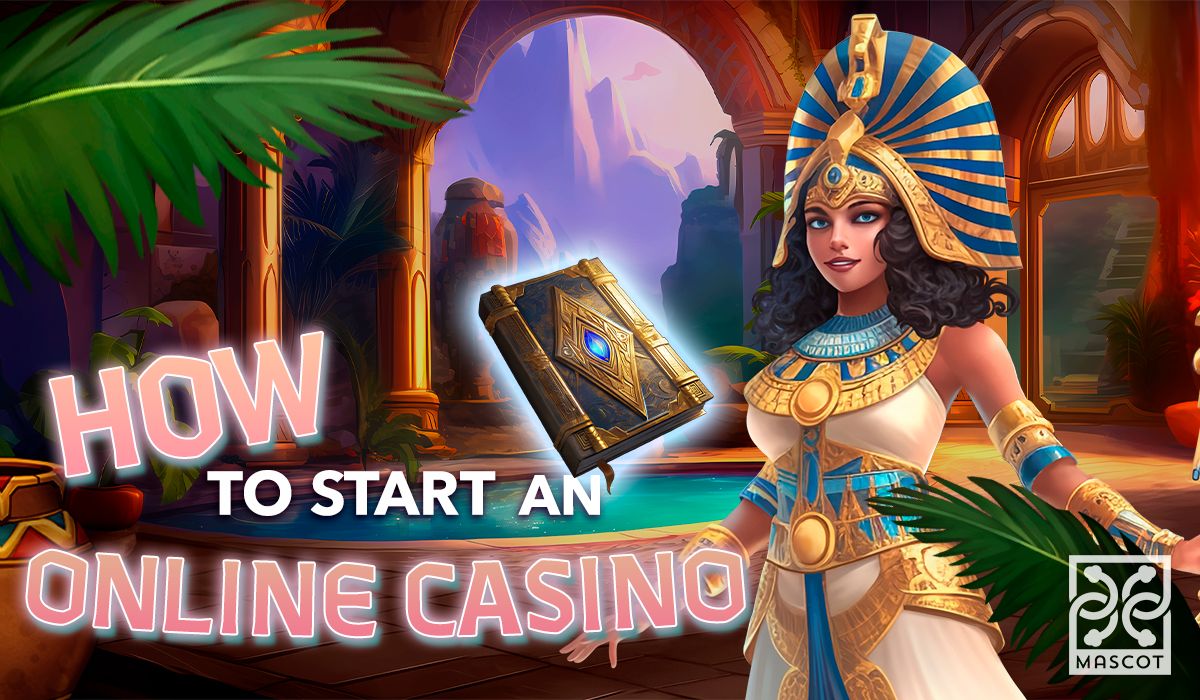A Very Brief History of Gambling
Gambling originated long before games themselves were invented. In fact, people gambled their belongings, including land, livestock, hand-made weapons, and even their prey. The earliest manifestations of gambling, “astragali,” date back to 3000 BC. Those were animal talus bones people marked and used as dice. Furthermore, the Ancient Chinese used small tiles, which can serve as the marks of first lotteries.
This is the alleged evidence of the origins of gambling. As for the recorded ones, those backdate to 500 BC. They include the statements of Sophocles, the greatest Greek poet of the era, regarding the invention of dice as a gaming pastime during the siege of Troy. Also, a number of recordings have been made about gambling in Homer’s works. All this proves that gambling was the favorite means of pastime for the Ancient Greeks and Romans.
Nevertheless, the biggest trigger for the modernization of gambling was made with the invention of paper in China in 105 AD. Before this year, people played with leaves, which brought many inconveniences. So, with the evolution of paper production and woodblock printing technology in the early 9th century, card games leveled up significantly. Even though the first Chinese cards looked nothing like today’s playing cards, they were still of great significance in the history of gambling.
By the end of the 11th Century, Chinese playing cards could already be met in Egypt from where the culture of gambling traveled to Europe at the beginning of the 14th Century. A massive wave of bans on card games quickly spread in Europe. Nonetheless, the local public warmly embraced the culture of gambling, and by the end of the 14th Century, the highest tiers of European society were already engaged in gambling. More factual data on card games involve the recovery documents from Spain in 1371 and Paris in 1379. In those years, people painted playing cards by hand, which cost a great deal. Accordingly, only the nobility could afford such type of entertainment. By the way, baccarat is known as the first gambling game played at those times.
The first gambling house was founded in Venice in 1638. It was named Ridotto. It took over a century for the second one to be established. This time, it was the European Casino in Belgium.
The first horse race of a contemporary type was introduced in England in 1776. Since it was pretty popular in the British-American colonies, horse racing quickly found its way to the US, Virginia, in particular. It first spread among the upper-class representatives.
Another remarkably famous gambling game, roulette, was first devised in Paris at the end of the 18th century. This was a hybrid version of the Italian game Biribi and the gaming wheel with red single zero and black double zero pockets. Known as Blaise Pascal’s roulette mechanism, it was first introduced in 1720. Later, at the beginning of the 1800s, to avoid confusion with zeros and their denominated colors, green was set on all roulette wheel zeros.
The Industrial Revolution of the 19th century was phenomenal for gambling history, too. The new techniques of mass production, as well as goods transportation, fostered the involvement of people in gambling both as players and hosts. For instance, lotteries became one of the most effective fundraising methods in the States. By the beginning of the 19th century, there were already over 400 lotteries registered in the US.
The next huge step towards the modernization of gambling was made in 1894 with the invention of the first mechanical slot. It was Liberty Bell, developed by Charles Fey, a remarkable German mechanic from San Francisco. In the history of gambling in America, there’s a twenty-year gap due to the nationwide prohibition of any sort of gambling in the States from 1910 to 1930. During the late years, gambling was legalized in the country, and Las Vegas started slowly becoming what it is today.
The evolution of computer technologies started the era of electronic gambling. The first slot machine was introduced in 1976 and grew to its top popularity during the next several years. In the mid-90s, avid gamblers already had the opportunity to play from the comfort of their homes since the first online casinos and slots (though classic three-reel and single-payline ones) were accessible. By the 2000s, the industry of gambling was already worth billions of dollars.
With the tech advancement of mobile devices, the gaming market experienced a sharp rise, perhaps the last one as of today. You can play with your mobile device from anywhere, provided you have an internet connection. The modern gambling industry has been estimated at around a trillion dollars and still keeps on expanding both financially and geographically. It’s even hard to imagine how else this market can evolve, but it won’t stay behind, that’s for sure!

